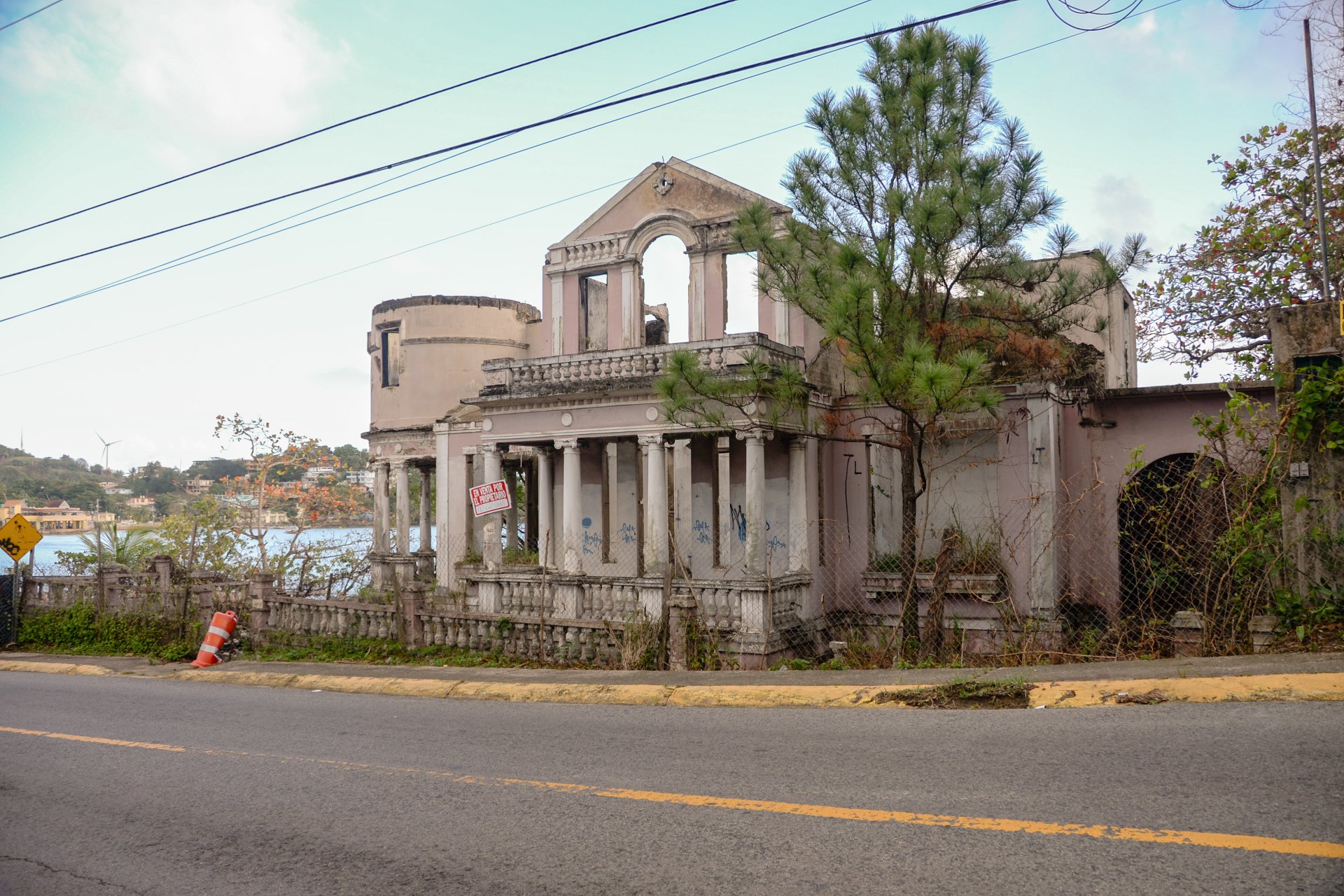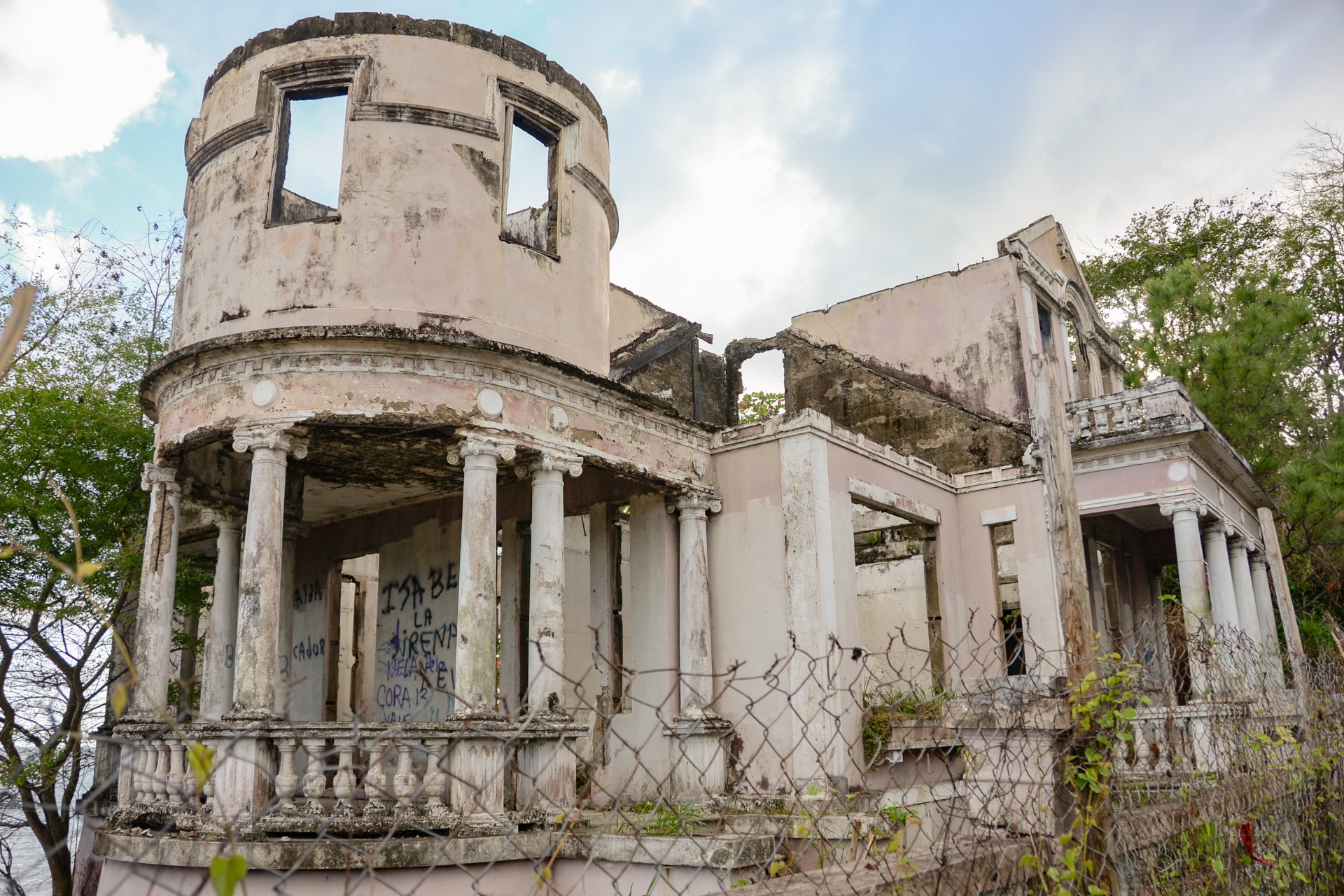
Central Triunfo
Location: Naguabo
Date Established: 1916
Date Ceased Operations: 1930
Annual Production Graph
Average Annual Production: 3,722 Tons
Best Production Year: 1926/5,515 Tons
Family Ownership: Garzot, Fuertes
In 1916 water privileges were granted to extract water from the Santiago River for use in their industrial sugar factory, the same year Central Triunfo was built by Ferré & Merson, a partnership comprised of Cuban immigrant Antonio Ferré Bacallao and Canadian J. A. Merson that existed between 1910-1918 and specialized in machinery for sugar plantations at a cost of $200,000 for Garzot & Fuertes. Its Machinery was purchased through Miguel Morales, local representative of Melchior, Armstrong, Dessau Co.
Garzot & Fuertes principal shareholders were Juan R. Garzot Romero (1853-1924) and Spanish immigrant from Oviedo, Asturias Faustino Rodriguez Fuertes (1849-1926) also known as Faustino R. Fuertes. According to the 1920 census records, Faustino arrived in Puerto Rico in 1866 reportedly at the request of his uncle Luciano Fuertes ( -1895) to help in his business. Faustino ended up marrying his cousin Carmen Fuertes Rus, the daughter of Faustino and his wife Canary Islands native Margarita Rus.
Sugarcane for the sugar mill was grown in about three thousand acres of its own land that previously went to Central San Cristobal which was located almost directly opposite the property where Central Triunfo was erected. Central San Cristobal ceased to operate in 1913 when it was acquired by the Fajardo Sugar Co. for its lands. In 1916 its machinery was dismantled and sold in the Dominican Republic. When Central Triunfo was established, it was to experiment with a small sulphur process plant for the manufacture of white sugar. Its first grinding season was 1917 and it operated for only fourteen years with its best production year in 1926 when it produced 5,515 m.t. of sugar. Its last grinding season was 1929-30 when it produced 862 m.t. of sugar. From then on its sugarcane was processed at Central Pasto Viejo.
There are no remains of this sugar mill except for the two remains pictured below, which are believed but not confirmed to be ruins of the old sugar factory and/or sugar mill. Their location in google maps https://maps.app.goo.gl/DSS8C48qpz336gQF7 are believed to be in the general area where the sugar mill is understood to have been located near the Rio Santiago River. An additional indication that this is where the sugar mill was located is that they are located within the boundaries of Urb. Hacienda El Triunfo which name alludes to the sugar factory or mill. In 1932 the sugar mill was destroyed by Hurricane San Ciprián and its lands eventually acquired by the Fajardo Sugar Co.
The "Castillo Villa del Mar" structure also pictured below was built by the Fuertes family owners of the sugar mill, it was designed by Pedro Tomás Vivoni Ramirez de Arellano (1873-1959) in 1917 for Faustino Rodriguez Fuertes. Vivoni's father Pedro Santos Vivoni Battistini was owner of Hacienda Amistad and Ingenio Resolución in Lajas. The house architecture is Late Victorian Style, rare to find in Puerto Rico. In 1989 Hurricane Hugo caused substantial damage to the property and in the mid 1990s a fire caused additional damage while being used as a restaurant. This property was included in the National Register of Historic Places in 1983, a year after it started being used as a restaurant as evidenced by pictures with submission form.
Faustino Rodríguez Fuertes is attributed with the establishment of another sugar mill named Central Gurabo, however, there is no evidence that the plans for this sugar mill ever came to fruition. Other family businesses were Ron Sobrino and the soft drink Coco Rico, then produced with coconut water from trees on the family's property along the coast between Naguabo and Punta Santiago in Humacao.




